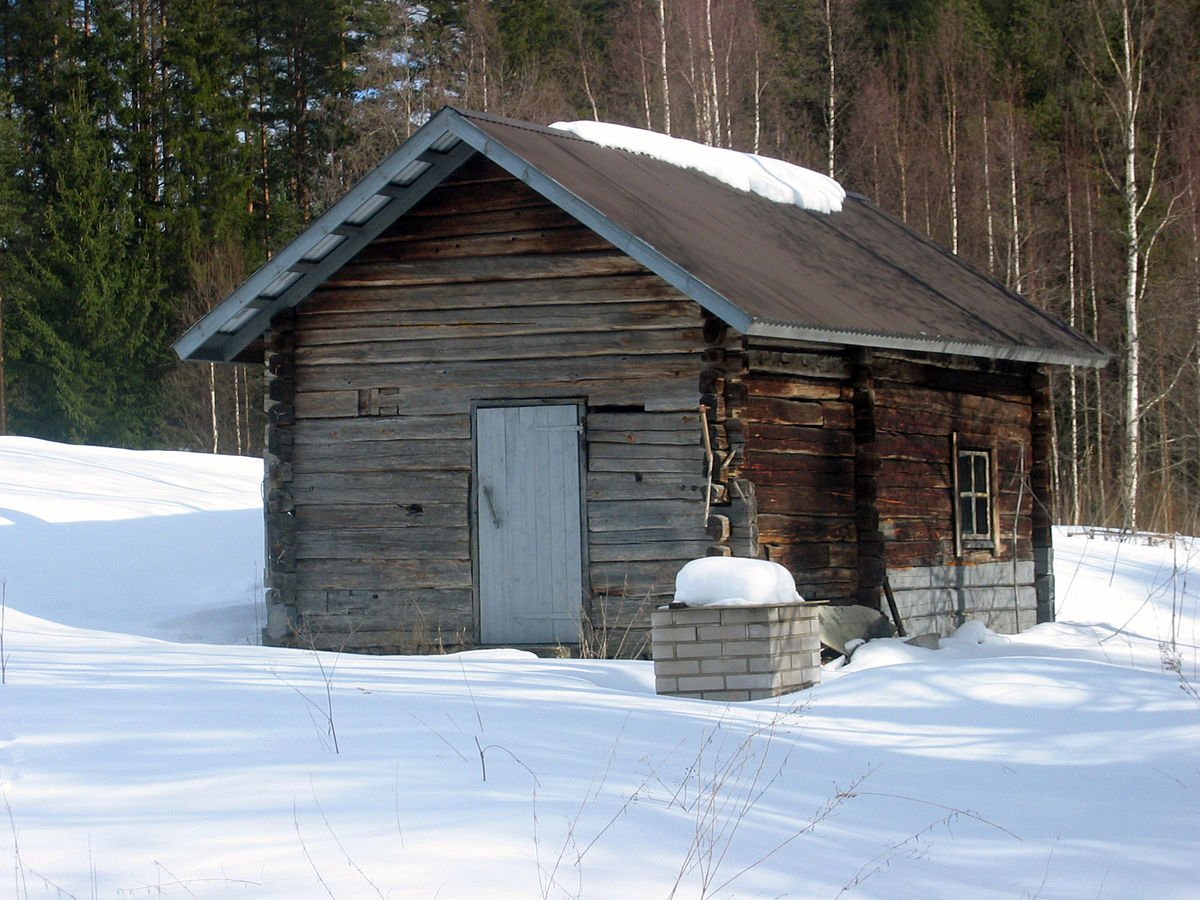
Sauna
(Finland)
The Finnish sauna is one of Finland's most treasured traditions and a key aspect of Finnish culture. Saunas are seen not only as places for relaxation and cleansing but also as spaces for social bonding and spiritual well-being.
In Finland, saunas are present in most homes, and it’s estimated that there are over three million saunas for a population of around 5.5 million people. The traditional sauna experience is centered on the principle of "löyly" – the gentle steam that rises when water is poured onto heated stones.
History and Origins
The sauna tradition in Finland dates back thousands of years, with some of the earliest saunas being dug into embankments in the earth. Early saunas served multiple purposes: as places for washing, relaxation, cooking, and even birthing. The traditional Finnish sauna was initially a “savusauna” (smoke sauna) with no chimney. Firewood would be burned, filling the room with smoke, which was then ventilated before people entered. Today, the modern Finnish sauna is generally a wood or electric-heated room with improved ventilation and sometimes larger spaces to accommodate multiple users.
Sauna Experience and Rituals
Finnish sauna culture is based on principles of relaxation, mental clarity, and physical purification. The typical sauna ritual includes several stages:
Heating: The sauna is preheated to around 80-100°C (176-212°F).
Entering: Sauna-goers sit on wooden benches inside the sauna. Traditionally, silence or soft conversation is preferred, fostering a calm atmosphere.
Löyly: Water is poured onto hot stones on the "kiuas" (stove) to create steam. The intense steam opens pores, improves circulation, and helps the body relax.
Cooling Off: After spending around 10-20 minutes in the sauna, people step out to cool down, often by dipping in a cold lake or rolling in the snow if available.
Repetition: The process is repeated several times, with cooling-off breaks in between.
Many sauna-goers use "vihta" or "vasta" (a bundle of birch branches) to gently whip themselves, stimulating blood circulation and releasing the natural aroma of birch, adding to the sensory experience.
Health Benefits
The Finnish sauna offers several health benefits, which are well-documented in scientific studies:
Circulatory Health: Sauna use is associated with improved cardiovascular health, as the heat dilates blood vessels, enhancing circulation and reducing blood pressure.
Detoxification: Sweating in a sauna helps flush out toxins, contributing to overall skin health and detoxification.
Mental Well-being: Regular sauna use has been linked to reduced stress and improved mood, thanks to the release of endorphins and relaxation of the nervous system.
Pain Relief and Muscle Recovery: The heat in the sauna helps relieve muscle tension, joint pain, and chronic aches, making it popular among athletes for recovery.
These benefits have been part of Finnish knowledge for generations, with many Finns believing that regular sauna sessions contribute to a long and healthy life.
Cultural Significance
For Finns, the sauna is more than a bath; it is a sacred space for reflection and connection. Historically, the sauna was a place of birth and healing, associated with life transitions. Even today, many Finns consider it an essential part of life, visiting saunas weekly or more. In Finnish culture, the sauna is a place where social status and formalities are set aside, emphasizing equality and openness.
Saunas are also key in family bonding, social gatherings, and even business meetings, where the informal atmosphere promotes openness and trust. In 2020, Finnish sauna culture was added to UNESCO's list of intangible cultural heritage, recognizing its role in Finland’s identity and the respect for nature, well-being, and community it embodies.
Hannuksela, M. L., & Ellahham, S. (2001). Benefits and risks of sauna bathing. The American Journal of Medicine, 110(2), 118-126.
Valtakari, A., & Pesonen, J. (2019). Finnish Sauna: The Art, Ritual and Cult. Like Publishing.
Tikkanen, I. (2020). Sauna culture in Finland. In K. L. Smith & L. J. Miller (Eds.), Global Perspectives on Dance Pedagogy (pp. 107-120).
